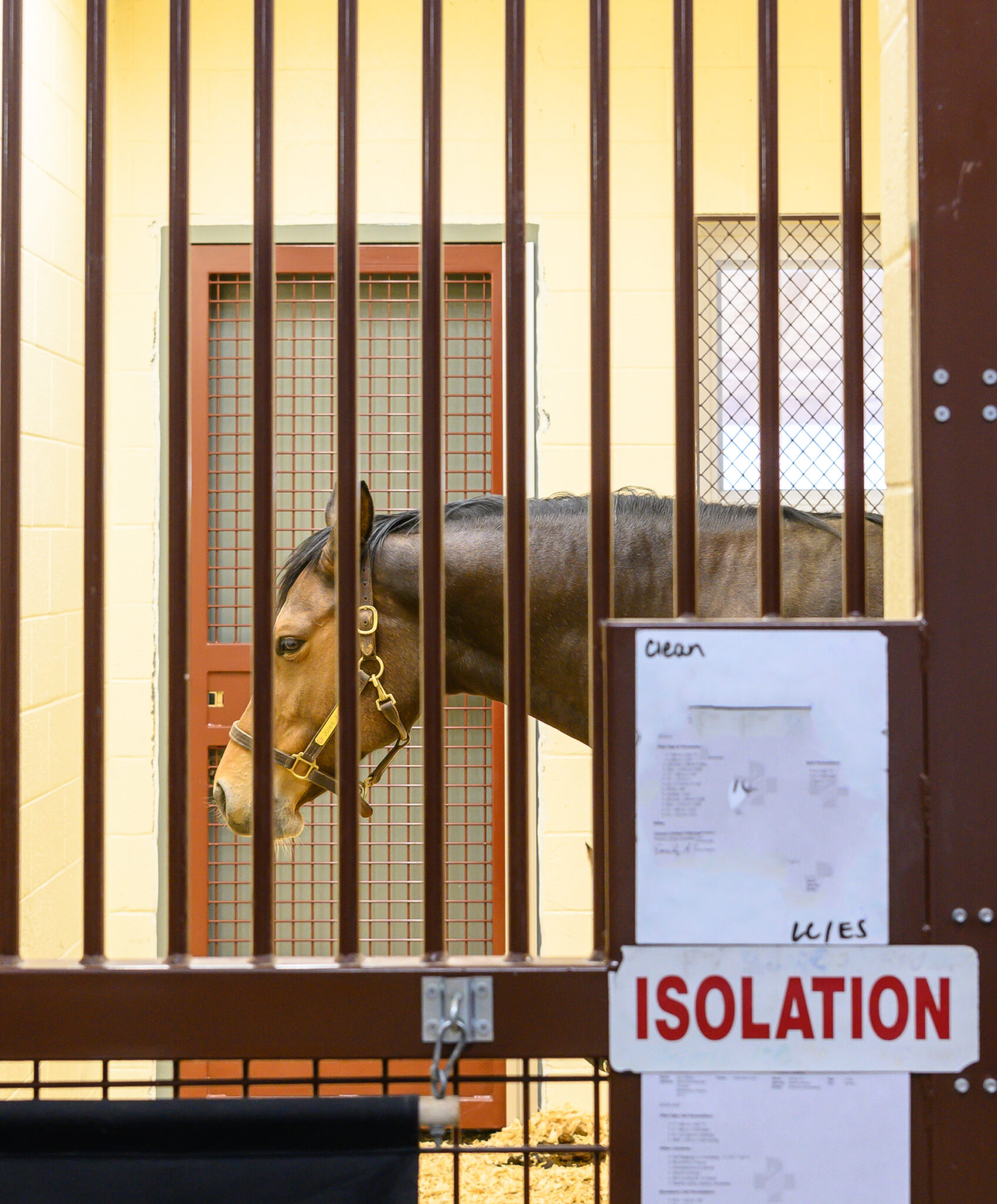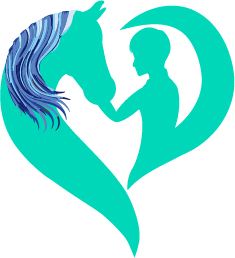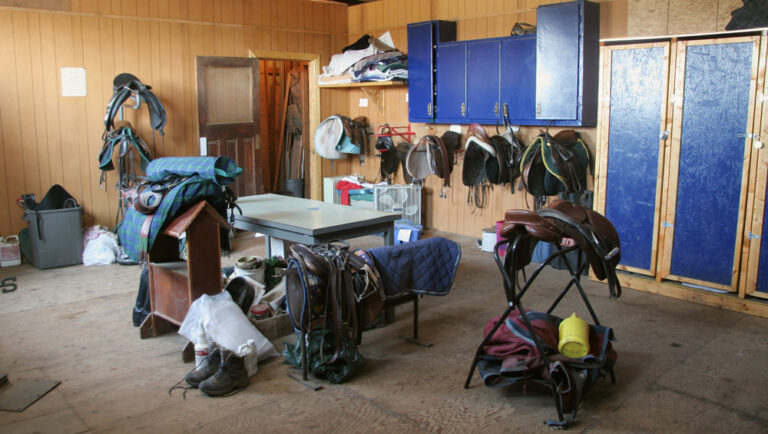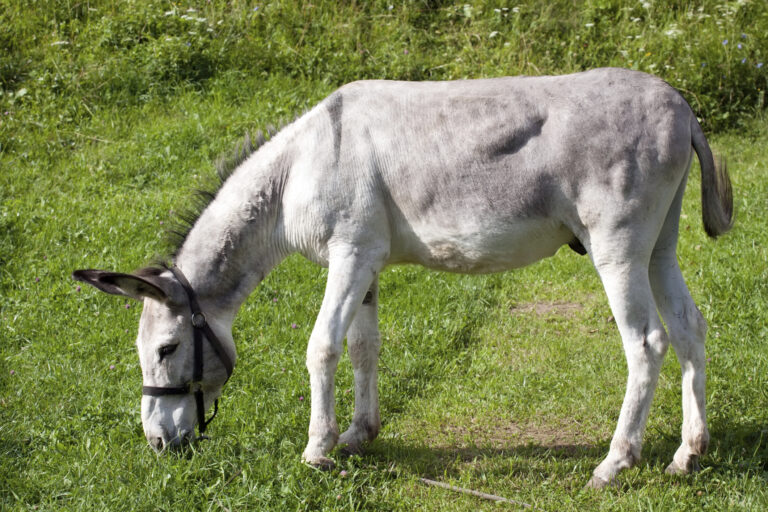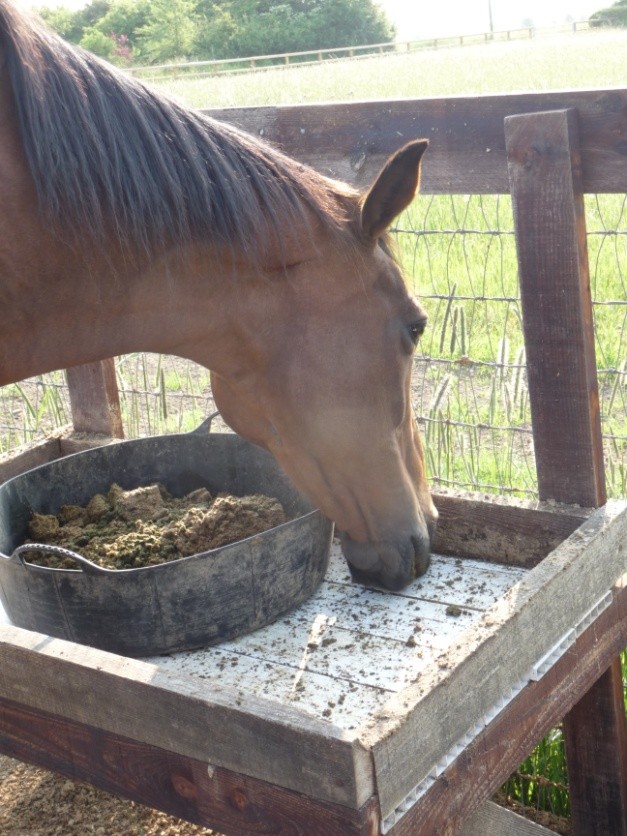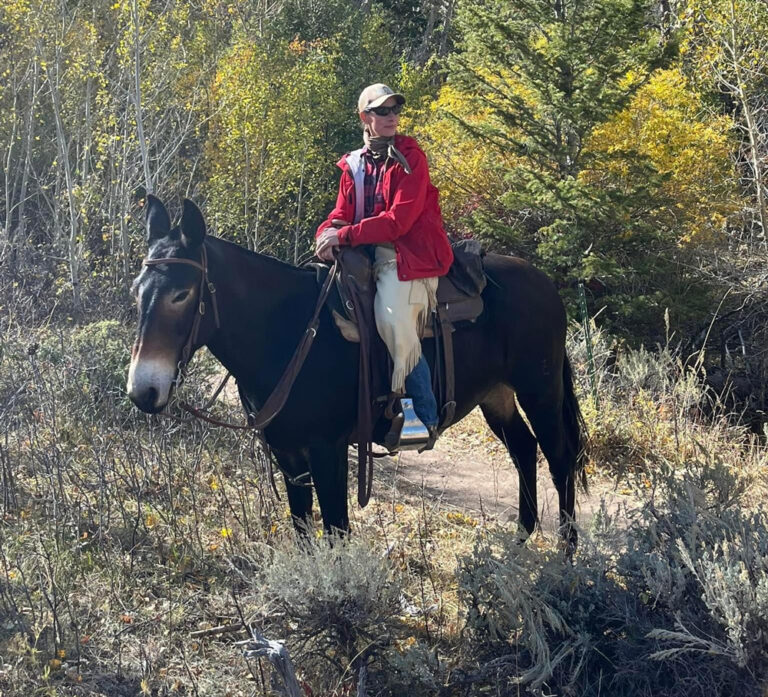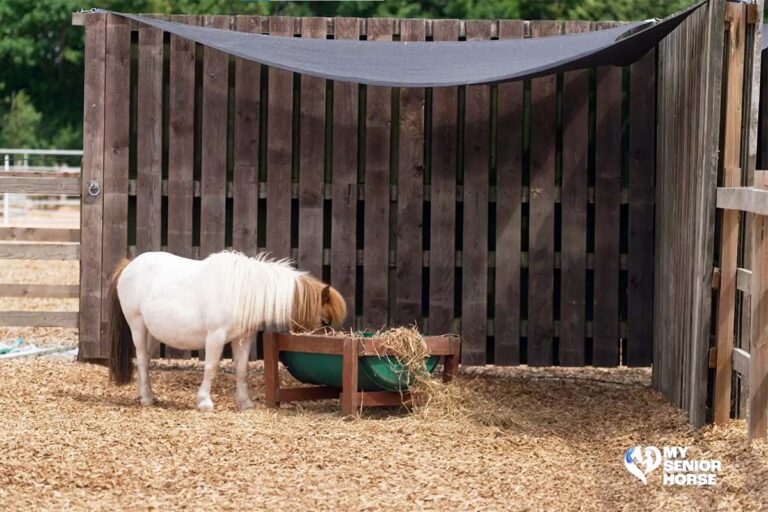You can know the equine reportable diseases for all of North America by using the Equine Disease Communication Center (EDCC). This non-profit organization works in cooperation with the American Association of Equine Practitioners’ Foundation for the Horse and the U.S. Equestrian Federation (USEF).
Disease Alerts
Verified reports of an infectious/contagious disease are submitted to the EDCC by state or provincial veterinarians or private practitioners in the United States and Canada. Those disease alerts are posted on the EDCC website. You can sort them by state, disease, or date range.
For example, you can search for equine infectious anemia (EIA) cases reported since the June. The search results show that there were five cases in Dora Ana County, New Mexico in August/September. (That is an ongoing investigation.) There was one case of EIA in Montague County, Texas, in September. Another Texas case of EIA was found in Midland County in September. One horse was positive for EIA in each of the following Texas counties: Hunt, El Paso, and Ellis. In Nebraska, a horse in Colfax County tested positive for EIA in July. A Starr County, Texas, horse was positive for EIA in June. In Manitoba, Canada, a horse was found EIA positive in June.
Equine Health News
The EDCC also publishes news on equine infectious/contagious diseases. For example, you can see the maps and charts that show “States/Provinces with Eastern Equine Encephalitis: 1/1/2024 through 9/18/2024 (86 cases).” You can also see “States/Provinces with West Nile Virus 1/1/2024 through 9/18/2024 (88 cases).”
Diseases Defined
You can find information on a list of diseases from the EDCC. There are 45 different diseases for you to review, ranging from African Horse Sickness to West Nile Virus.
Biosecurity Videos
The EDCC and USEF jointly created biosecurity how-to videos. These can help horse owners and managers better prepared for pre- during- and post-competition outings for their horses. The videos also provide information for the development and implementation of isolation plans.
- Biosecurity Prior to Competition, co-sponsored by the EDCC and USEF
- Biosecurity During Competition, co-sponsored by the EDCC and USEF
- Biosecurity Post Competition, co-sponsored by the EDCC and USEF
- Development of an Isolation Plan, co-sponsored by the EDCC and USEF
- Implementation of Isolation Plan, co-sponsored by the EDCC and USEF
- Cleaning & Disinfecting, co-sponsored by the EDCC and USEF
What to Do in an Outbreak
The EDCC also offers information on “What Horse Owners Should Do During the First 30 Minutes of a Suspected Infectious Disease Outbreak.”
On that same page, you can scroll down and use the EDCC resources to set up an isolation plan for your farm or facility.
Disease Alerts in the UK
For those of you in the UK, you can use the Equine Infectious Disease Surveillance (EIDS). It is funded by the UK’s Thoroughbred industry, and the information is based from Cambridge University.
“The EIDS team collaborates with equine industry stakeholders to control and prevent equine infectious disease occurrences in the UK, ” noted the EIDS page. “They oversee numerous surveillance schemes to aid the identification and reporting of specific infectious disease occurrences and provide a disease control advice service for veterinary surgeons. EIDS also collate and share disease information, through platforms such as the International Collating Centre (ICC), EquiFluNet, and the Equine Quarterly Disease Surveillance report, which is produced by EIDS in collaboration with BEVA and Defra/APHA.”
Further Reading
- Potential Side Effects of Owner Vaccination of Horses. Dr. Nancy Loving. MySeniorHorse.com
- Horse Fever and Normal Temperatures. Kimberly S. Brown. MySeniorHorse.com
- Equine Strangles Research. Kimberly S. Brown. MySeniorHorse.com
-
View all posts
Editors of My Senior Horse are journalism professionals, most of whom are lifelong horse owners.

